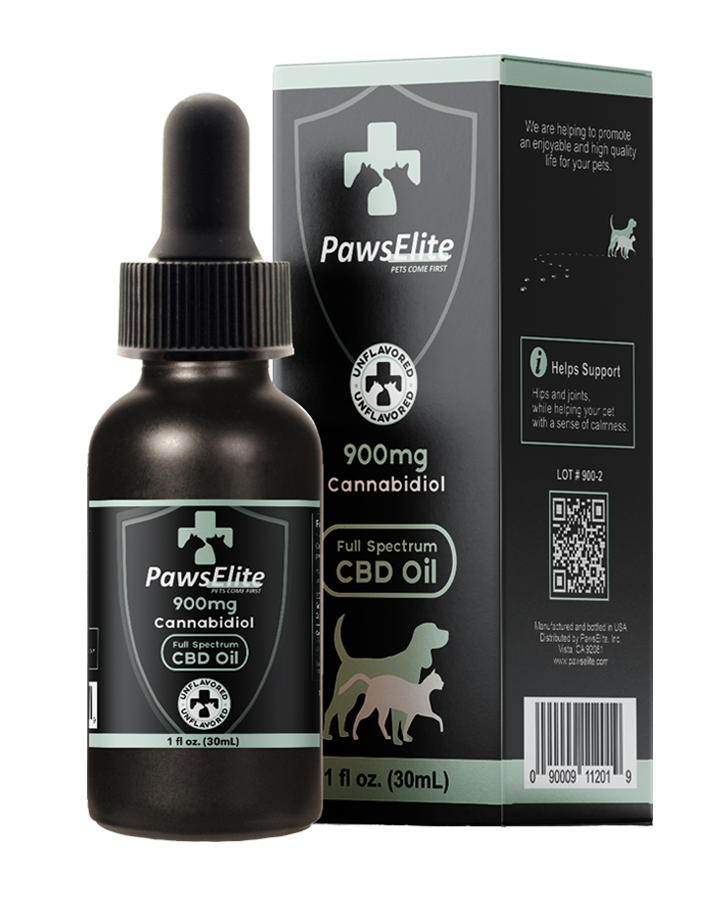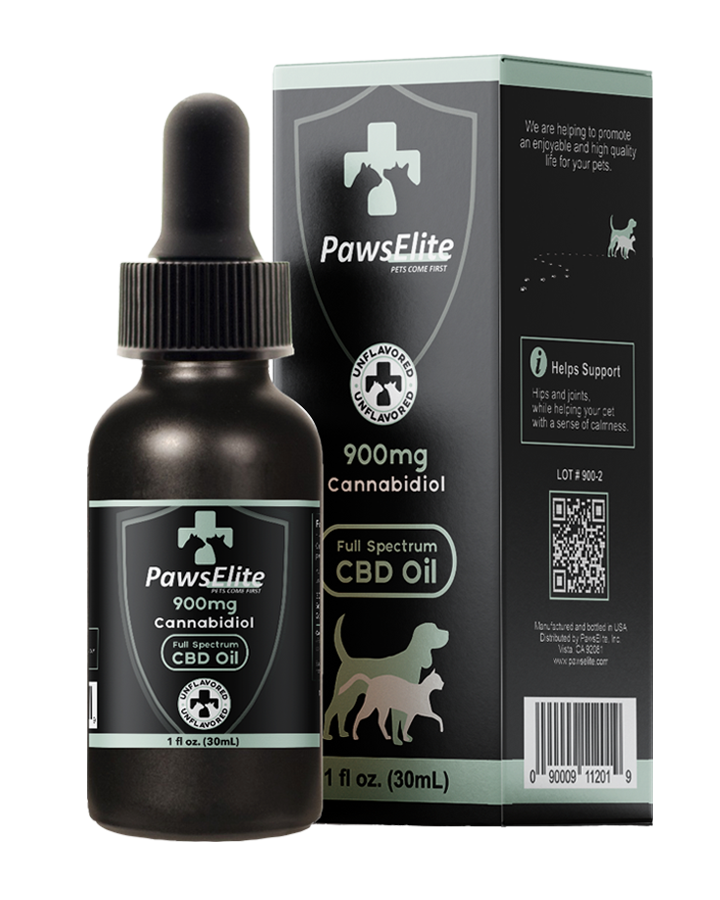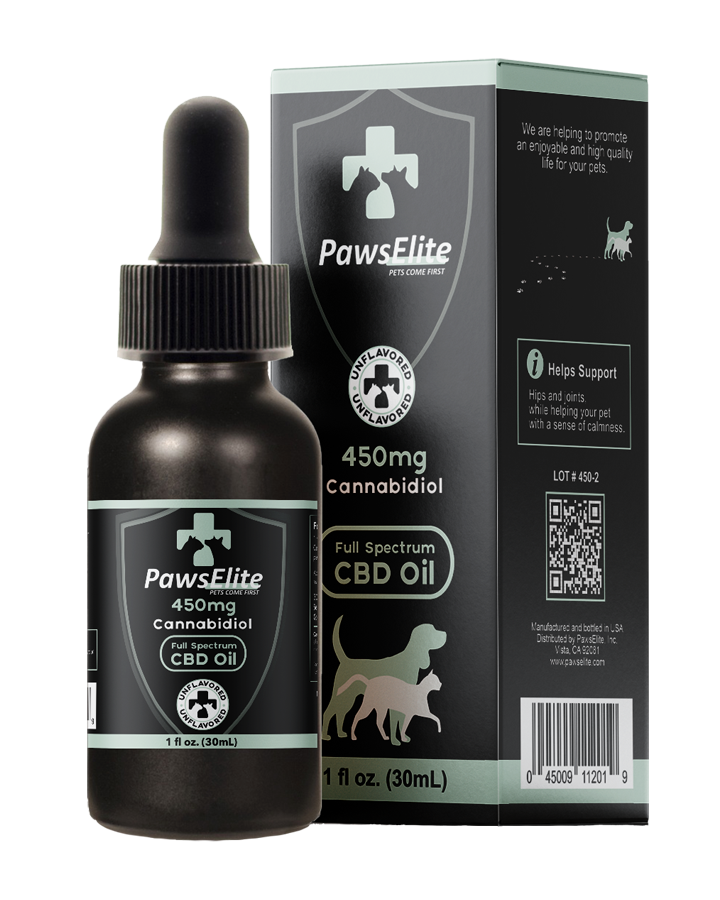
How to Calculate Your Puppy’s Age in Dog Years
Share
As a pet owner, one of the most common questions you may have is, "how old is my puppy?" Understanding your puppy’s age is essential for ensuring proper care, especially when determining when they are ready for certain activities or medical care. The age of a dog doesn’t always correlate directly with human age, so it’s important to know how to convert your puppy’s age into "dog years." Let’s dive into the simple steps to calculate your puppy’s age and how it compares to human years.

How to Calculate Dog Years to Human Years
There is a common formula for converting dog years into human years, but it's a little more nuanced than just multiplying by seven. To accurately calculate how old is my puppy in human years, follow these basic guidelines:
- The first two years of a dog’s life are equivalent to 24 human years.
- After the first two years, each dog year equals about 5 human years.
For example, if your puppy is 1 year old, they are approximately 15 human years old. At age 2, they are about 24 human years old. For every year after, just add 5 years for each dog year. So, a 5-year-old dog is roughly 40 in human years. This method gives a good approximation, but remember, the size and breed of your dog can affect their aging process.
Using a Dog Age Calculator
If you want a more precise calculation, you can use a dog age calculator. These tools take into account your dog’s breed and size to give a more tailored conversion between dog years and human years. Using an age calculator can help you better understand your puppy's stage of development.
Why Breed and Size Matter
Smaller dogs generally age more slowly than larger dogs. While a small breed puppy might live 12-16 years, a larger breed puppy may only live 8-12 years. This variation is why breed-specific calculators are often more accurate than the general formula mentioned above. If you're asking "how old is my puppy?" and want a more specific answer, consider using an online breed-specific dog age calculator to account for these differences.
How Many Years Is a Decade in Dog Years?
Wondering how many dog years make up a human decade? A simple way to calculate this is by considering that the first two dog years equal 24 human years, and then each additional dog year equals 5 human years. In this case, a dog who is 10 years old would be roughly 56 human years old. For dogs, 10 years can feel like a major milestone in their life, and it's important to adjust your care routine as they age.
How to Use the Age Difference Calculator
Another helpful tool is the age difference calculator. This can be useful for comparing your puppy’s age with your own age. It can be an interesting way to understand how your puppy’s life experiences align with yours and can serve as a reminder of how much care and attention your dog needs as they grow older.
Behavioral Signs of Age in Your Puppy
As your puppy ages, you may notice certain changes in their behavior. Just like humans, dogs experience physical and mental changes as they grow older. If you're wondering how to calculate your dog's age and what to expect as they mature, understanding common signs of aging is essential. Here’s a look at some of the behavioral changes that could indicate your dog is getting older.
Cognitive Dysfunction Disorder and Aging
As dogs age, they may experience cognitive dysfunction disorder (CDD), a condition similar to dementia in humans. This disorder can cause confusion, disorientation, and forgetfulness in your dog. You might notice that your dog no longer responds to their name or has trouble recognizing familiar surroundings. This can be particularly concerning if you're asking yourself, “how old is my puppy?" since cognitive decline often happens gradually as they reach their senior years.
Supportive Care: To support your aging dog, consider using Paws Elite's CBD oil. It may help with symptoms of CDD by promoting relaxation and supporting brain health in senior dogs. CBD oil can help alleviate anxiety and confusion, allowing your dog to feel more comfortable in their surroundings.
Changes in Sleep and Activity
As dogs get older, their sleep and wake cycles can shift. If your dog seems more restless at night or sleeps excessively during the day, it could be a sign of aging. You might also notice that your dog is less active than before. This could be due to arthritis, joint pain, or simply a natural decrease in energy. The way your dog sleeps, wakes, and plays may be directly related to their age.
Supportive Care: If you’re concerned about changes in your dog’s sleep cycle, Paws Elite's CBD oil can be a helpful addition to their routine. It has calming effects that may help regulate their sleep patterns and provide relief from joint pain, encouraging them to play and move more comfortably.
Mobility Issues
Mobility changes are one of the most common signs of aging in dogs. You may notice your dog moving more slowly or hesitating to engage in activities they once loved, like playing or walking. Joint pain, arthritis, and general wear and tear on their body can all affect their mobility as they age. This is why it’s important to regularly calculate your dog’s age, as this can help you determine the level of care they need.
Supportive Care: To help with mobility issues, Paws Elite's CBD oil can provide relief from inflammation and pain. Its natural properties support joint health and comfort, making it easier for your dog to stay active and enjoy their daily activities.
Changes in Bathroom Habits
Aging dogs may experience changes in their urination and defecation habits. This can include accidents inside the house or more frequent bathroom breaks. It’s important to monitor these changes, as they can sometimes be linked to aging-related conditions like cognitive dysfunction or physical impairments such as arthritis.
Supportive Care: CBD oil may also help with some of the confusion that leads to bathroom accidents. Paws Elite's CBD oil can promote relaxation and reduce anxiety, which can help your dog maintain more consistent bathroom habits as they age.
Vision and Hearing Impairment
Like humans, dogs experience a decline in both vision and hearing as they age. If your dog seems less aware of their surroundings, doesn’t respond to familiar sounds, or has trouble navigating spaces they once knew well, these could be signs of age-related sensory decline. It’s a good idea to keep track of your dog’s age by calculating their years and paying attention to these changes.
Supportive Care: While CBD oil can’t restore vision or hearing, it can support your dog’s overall well-being by reducing anxiety caused by vision or hearing loss. Paws Elite's CBD oil can help alleviate stress, allowing your dog to adjust more comfortably to these changes.
Loss of Interest in Play
Older dogs often lose interest in play. While puppies are full of energy, senior dogs may become less playful, especially if they are experiencing discomfort or cognitive decline. However, this does not necessarily mean your dog is unhappy—it’s simply a part of growing older. If you’re calculating your dog’s age and wondering about the decline in their playfulness, remember that a decrease in activity is a natural part of the aging process.
Supportive Care: If your dog’s decrease in play is related to discomfort or anxiety, Paws Elite's CBD oil can help. It has anti-inflammatory properties that can ease joint pain and encourage your dog to engage in activities again.
As your dog ages, it’s important to keep track of their age and any changes in behavior. Calculating your dog’s age and understanding the signs of aging will allow you to provide the best care. By using products like Paws Elite's CBD oil, you can help support your dog’s health and comfort during their senior years. Always consult your veterinarian if you notice significant changes in your dog’s behavior, as early intervention can improve their quality of life as they age.
DNA Testing for Dog Age: A Modern Approach
Determining your puppy’s age can sometimes be tricky, especially for mixed-breed dogs. DNA testing is an emerging tool that can help provide a more accurate estimate of a dog’s age. While these tests are primarily used for breed identification, they can also give an approximate age by analyzing genetic markers.
How Accurate Are DNA Tests for Age?
DNA tests can offer a reliable estimate of your dog’s age, especially for purebred dogs. However, for mixed breed dogs, the results might be less precise since different breeds age differently. While DNA testing provides an approximate age, it’s not an exact science.
Breed Identification and Age Estimation
Knowing your dog’s breed can help estimate their aging process. Larger breeds generally age faster than smaller breeds. If you're asking, “how old is my puppy?”, a DNA test can help identify their breed mix and give a better idea of their age.
The Role of Vet Check-Ups
While DNA tests offer useful insights, combining them with regular vet check-ups ensures you’re fully informed about your dog’s health and aging process. A vet can track your dog’s development and help manage age-related changes.
Historical and Environmental Clues to Estimate Your Puppy’s Age
When trying to determine your puppy’s age, historical and environmental clues can provide a helpful approximate starting point. If you adopted your dog from a shelter or foster home, reviewing their foster history or speaking with the previous owner can give you insight into their age. Information about their health, behavior, and physical condition at the time of adoption may offer additional clues.
Additionally, vet records can play a crucial role in pinpointing their age. Vaccination dates and health check-up logs can help track their development and provide a more accurate age estimate.
By combining these clues with other methods, you can gain a clearer picture of your puppy’s age and how best to care for them as they grow.
Teeth Examination: Estimating Your Puppy’s Age
Examining your puppy's teeth is a helpful way to estimate their age. Here's what to look for:
- Baby canines and deciduous incisors (milk teeth) appear around 3 to 6 weeks.
- By 4 to 6 months, adult teeth begin to emerge, and by 7 to 8 months, most puppies have their full set of permanent teeth, including carnassial teeth.
- The condition of the teeth, such as the presence of dental calculus, plaque, or gingivitis, can also indicate age. Older dogs may show more wear or root exposure.
By observing the development and condition of your puppy’s teeth, you can estimate their age more accurately. Regular dental care is essential as they grow.
What This Means for Your Puppy’s Health
Knowing how old is my puppy can help you better understand their nutritional and medical needs. A young puppy needs different care than an older dog. Puppy food, vaccinations, and training should all be adjusted as your dog grows. Regular check-ups with your vet will also help ensure your puppy stays healthy as they age, making sure you’re aware of any changes in behavior or health that come with age.
Key Takeaways
- Use a dog years to human years calculator for a more accurate age conversion.
- Understand that breed and size affect how quickly your puppy ages.
- Knowing how old your puppy is helps in providing appropriate care for their stage in life.
In summary, when you ask yourself, "how old is my puppy?" understanding their age in dog years can guide you in providing the best care. Whether you are calculating their age with a basic formula or using an age difference calculator, this knowledge is vital to your puppy's well-being. If you're interested in learning more about your puppy’s care, check out resources on puppy health and development like AKC Expert Advice for more tips.









